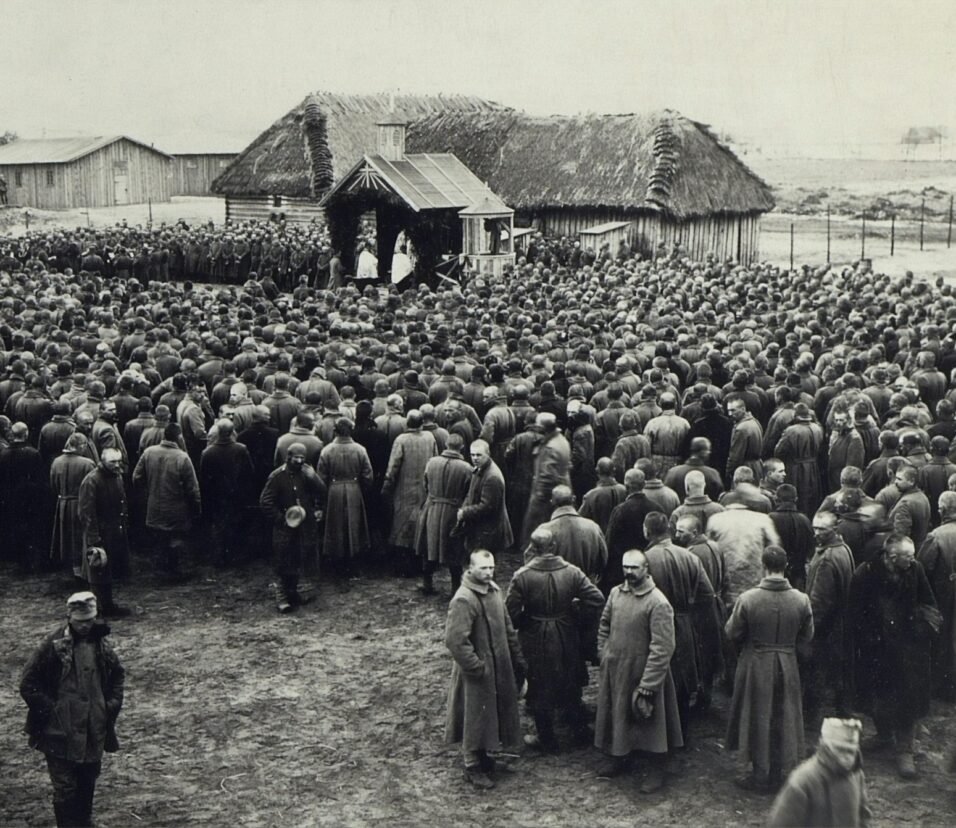America’s First Political Parties
Introduction
As the dust settled following the American Revolution, the United States was left with the monumental task of creating a new government and defining its core values. In a bold move, the Founding Fathers developed a system unlike any other—complete with checks and balances and the separation of powers. But there was one thing the Constitution didn’t account for political parties. Within just a few years, two major political parties emerged, shaking the very foundation of American politics. In this in-depth look, we’ll explore the origins, characteristics, and impacts of America’s first political parties, the Federalists and the Democratic-Republicans.
The Rise of Political Parties
The framers of the Constitution, notably George Washington, harbored a deep concern about the divisive impact political factions could have on the fledgling nation. Despite this, around 1796, the political landscape changed significantly when the Federalist and Democratic-Republican parties came into existence. Ironically, these parties were initially factions within Washington’s own cabinet, led by Alexander Hamilton and Thomas Jefferson, respectively.
The Federalists: Champions of a Strong Central Government
Alexander Hamilton, Secretary of the Treasury under George Washington, led the Federalists. Comprising mostly wealthy landowners, businessmen, and merchants, this party found its stronghold in the Northeast. In terms of policy, Federalists were pro-commerce, pro-industrialization, and supportive of a centralized banking system.
Their interpretation of the Constitution was loose; they believed the federal government had the authority to take actions that were not explicitly prohibited by the document. This perspective laid the groundwork for Hamilton’s ambitious financial plan, which included the assumption of state debts and the creation of a national bank.
Democratic-Republicans: Advocates for States’ Rights
In stark contrast, Thomas Jefferson led the Democratic-Republicans. The party attracted a diverse range of supporters, from small farmers to tradespeople, primarily from the South and West. They advocated for states’ rights and favored a strict interpretation of the Constitution. This party was highly skeptical of centralized authority, opposing the creation of a national bank and Hamilton’s financial initiatives.
The Impetus for Formation
While both parties sprang from the need to organize thought and action in the nation’s early years, each was also a reaction to the other. The Federalists, witnessing the chaos and ineffectiveness of the Articles of Confederation, championed a strong federal government as a stabilizing force. Meanwhile, the Democratic-Republicans, alarmed by what they saw as a creeping aristocracy and an erosion of individual liberties under the Federalists, formed to counterbalance this trend.
Ideological Foundations
The Federalists were deeply influenced by Enlightenment thought, especially the ideas surrounding the separation of powers and checks and balances. They feared mob rule and believed in a more layered system of governance where power would be diffused through various institutions.
Democratic-Republicans, on the other hand, were more idealistic, drawing heavily from Enlightenment concepts of personal liberty, natural rights, and the social contract. Jefferson’s idea of the “yeoman farmer” being the backbone of democracy encapsulated their view that an informed citizenry would make the best decisions for the nation.
The Press and Public Opinion
The role of the press cannot be underestimated in the proliferation of these parties. Federalist papers and gazettes, like John Adams’ “Gazette of the United States,” disseminated Federalist viewpoints. Conversely, Jefferson and Madison contributed to publications like the “National Gazette” to spread Democratic-Republican ideologies.
Points of Friction
The Federalists and Democratic-Republicans were fundamentally different in their visions for America’s future. This divergence could be seen across multiple domains:
- Economic Policies: While Federalists wanted to encourage industry and international trade, Democratic-Republicans leaned toward an agrarian economy and were generally skeptical of international alliances.
- Foreign Policy: Federalists admired British stability and urged for closer ties, whereas Democratic-Republicans sympathized with revolutionary France and its democratic ideology.
- Domestic Affairs: Federalists were willing to quell domestic uprisings with federal force, exemplified by the handling of the Whiskey Rebellion, whereas Democratic-Republicans generally favored local governance and civil liberties.
Legacy and Impact
While the Federalist Party would eventually fade away, its legacy is imprinted in many American institutions, from the National Bank to the judicial review process. The Democratic-Republicans, on the other hand, would evolve into the Democratic Party we know today.
The presence of these two parties led to the establishment of the two-party system, a core component of American politics. Although George Washington had warned against factions in his Farewell Address, the emergence of political parties became an unavoidable part of the political fabric of the United States.
Conclusion
The Federalists and Democratic-Republicans may have had drastically different views on the future of the United States, but their emergence was instrumental in shaping the nation’s political landscape. While the Federalists laid the groundwork for a strong centralized government and a robust economy, the Democratic-Republicans ensured the maintenance of states’ rights and civil liberties.
Both parties were integral in shaping the American democracy we recognize today. Although the original parties have undergone changes, splits, and evolutions, the fundamental debates around states’ rights, fiscal policy, and the role of the federal government continue to reverberate in American political discourse.
The existence of these early parties is a testament to the dynamism and adaptability of American democracy. It also underscores the enduring reality that, as much as we might like to avoid the complexities and divisions of party politics, they have been ingrained in the American experience right from the outset.







